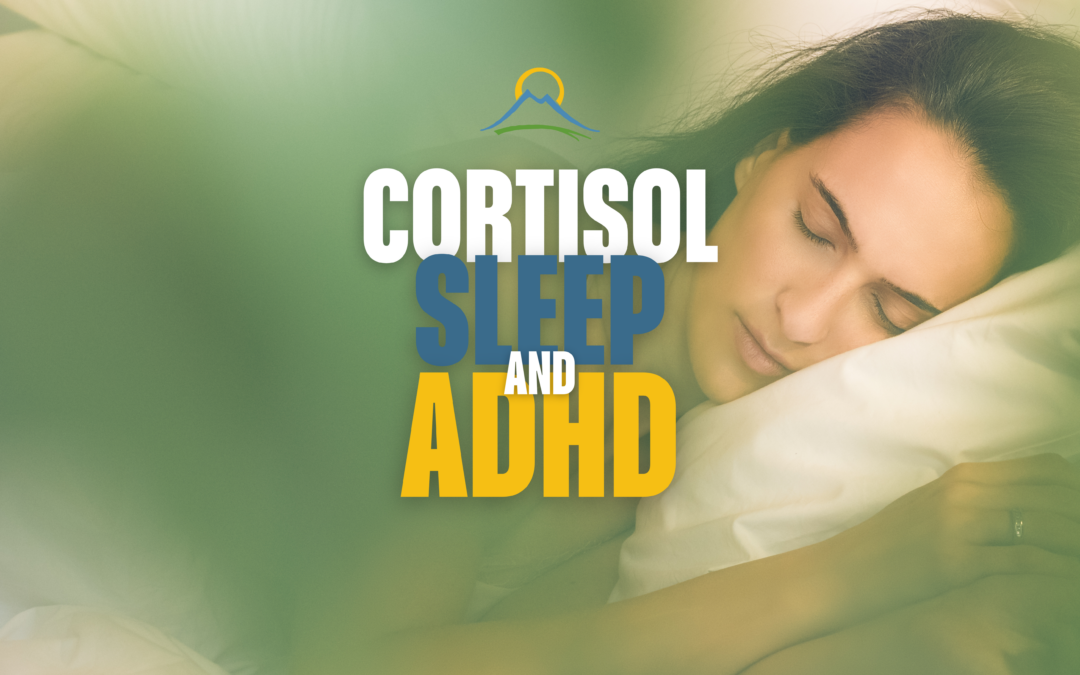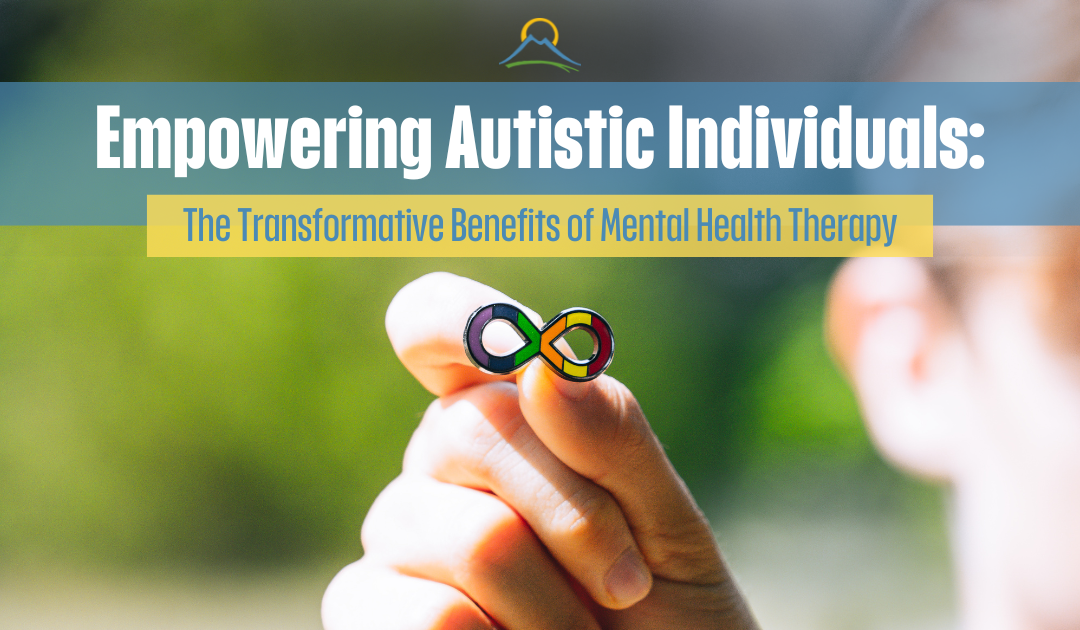In 2014 Facebook sent US society into an uproar when the website added over 50 gender identities for users to self-select (Oremus, 2014). In a binary US society, Facebook’s steps toward inclusivity became a concrete representation of the reality that gender and sexual identity are on a spectrum. In the 1940s Alfred Kinsey and the Kinsey Institute conducted a study on sexual preference, which became known collectively as The Kinsey Reports (Kinsey Institute, n.d.). I believe one of the most important discoveries of the Kinsey research is that sexuality is on a spectrum. Kinsey states,
“The world is not to be divided into sheep and goats, and not all things are black nor are all things white. It is a fundamental of taxonomy that nature rarely deals with discrete categories. Only the human mind invents categories and tries to force facts into separated pigeon-holes. The living world is a continuum in each and every one of its aspects”
Iasenza, 2020
Because of the complexity of spectrums, it can be a challenge for LGBTQIA+ allies to know what terminology to use, while it can also be equally challenging for LGBTQIA+ people to navigate and understand their experience. This two-part article is a very brief primer of the terminology and spectrum of gender identity and sexual preference to help people begin to grasp the terminology and concepts of gender and sexuality. The first part of the article will focus on core aspects of gender. Part two will look at sexual and romantic attraction, as well as tips for being an ally. For visual representation please check out The Genderbread Person at https://www.genderbread.org/.

Gender Identity (internal thoughts/brain)
This is what we think or experience our internal selves. Cis indicates a person sees their gender matching their sexual organs. Cis-male means that a person born with male organs also thinks of themselves as gendered male, the same is reversed for cis-female. Transgender or trans is a term someone uses to indicate their gender does not match their birth-assigned sexual organs. Transfemale is a person with female gender but assigned male genitalia at birth. Transmale is a person with a male gender but assigned female genitalia at birth. Some people see themselves as lacking gender, which would be agender. Others think of themselves as both or unified which are expressed through terms such as non-binary, two-spirit, thirdgender, and genderfluid.
Gender Expression (external appearance/what we wear)
This is the external representation of internalized gender, appearing either masculine, feminine, and neither. One’s gender expression does not need to match one’s gender identity. Someone could be transgender but express a gender aligning with social stereotypes to maintain physical safety. Equally, non-binary people vary in their gender expression depending on the desired outcome. Also importantly, drag queens express the female gender as performance, but the performer may not internally identify with the female gender. However, it is common practice to used female pronouns for drag queens the performer is in drag. Terms of gender expression include femme, butch, androgynous, gender nonconforming, and genderqueer

Biological Sex (The sex organs and characteristics of a person)
In binary cultures, biological sex is male or female. This may seem like the most clear-cut of the categories in discussion, however, physical reality is also not binary. Therefore, it is important to recognize people who are intersex. According to Gender Spectrum (n.d) “About 1% of children are born with chromosomes, hormones, genitalia and/or other sex characteristics that are not exclusively male or female as defined by the medical establishment in our society.” It is common practice for doctors and families to assign intersex newborns binary sex through the process of body modification and medical treatments, which may cause identity issues when the person develops. On another note, transgender people often prefer to be identified with their gender rather than sexual organs because internal gender is their true experienced identity. However, if needing to refer to a person’s birth sex it is preferable to say “assigned female at birth (AFAB)” or “assigned male at birth (AMAB).”
References
Gender Spectrum. (n.d). The language of gender. Retrieved January 14, 2021, from https://genderspectrum.org/articles/language-of-gender.
Iasenza, Suzanne (2020). Transforming sexual narratives: A relational approach to sex therapy. Taylor & Francis.
Kinsey Institute. (n.d.). The Kinsey scale. Retrieved January 14, 2021, from https://kinseyinstitute.org/collections/archival/ccies.php
Oremus, Will. (2014, Feb 13). Here are all the different genders you can be on Facebook. Slate. https://slate.com/technology/2014/02/facebook-custom-gender-options-here-are-all-56-custom-options.html
Schedule an appointment with a trained mental health care professional at Pacific Mental Health for treatment coping with the the challenges that come with identity or other mental health concerns . You can also read more articles about mental health topics written by Pacific Mental Health counselors and therapists on our blog.






0 Comments